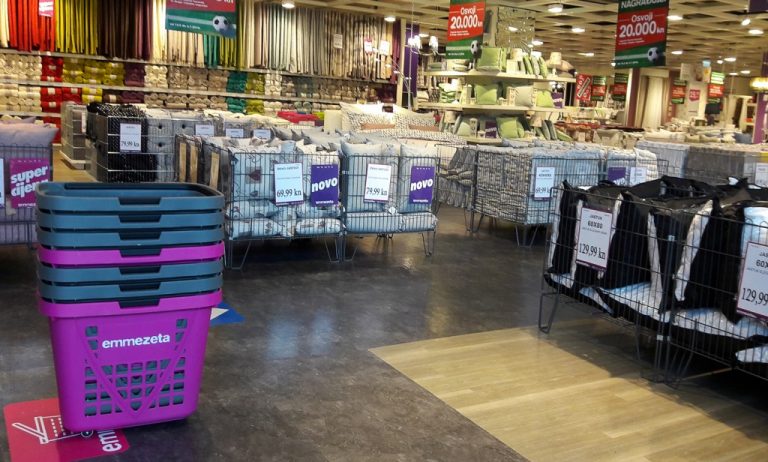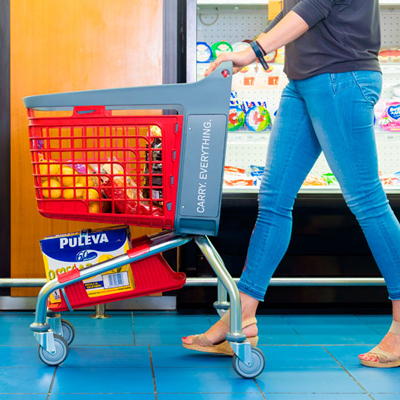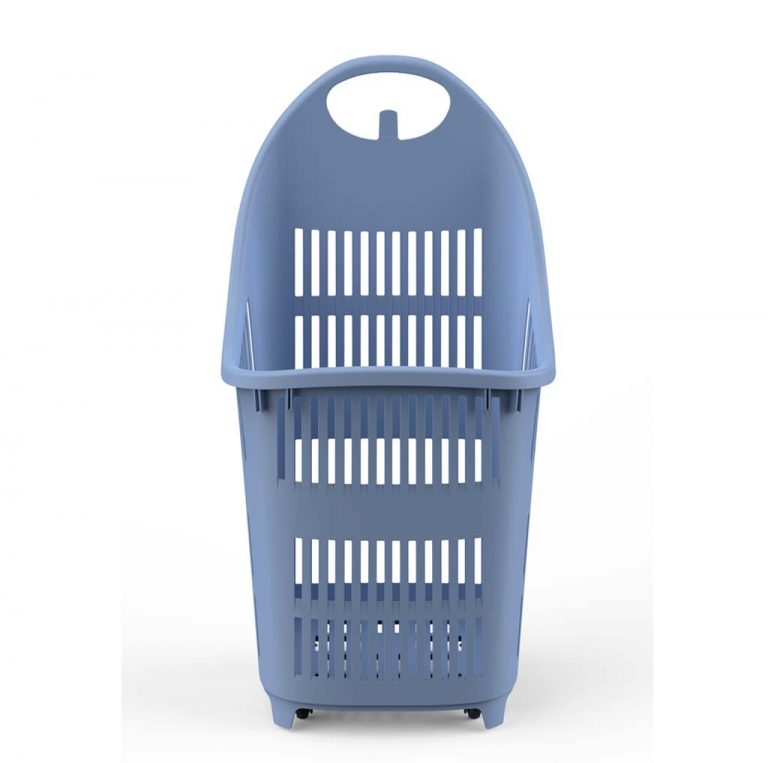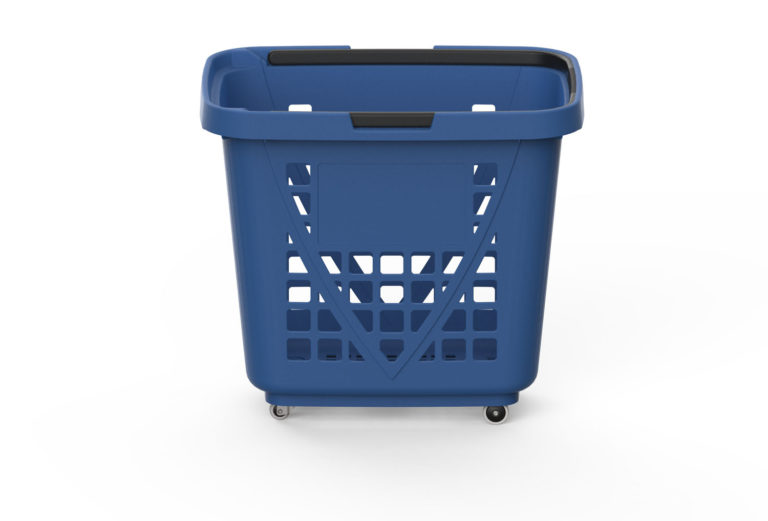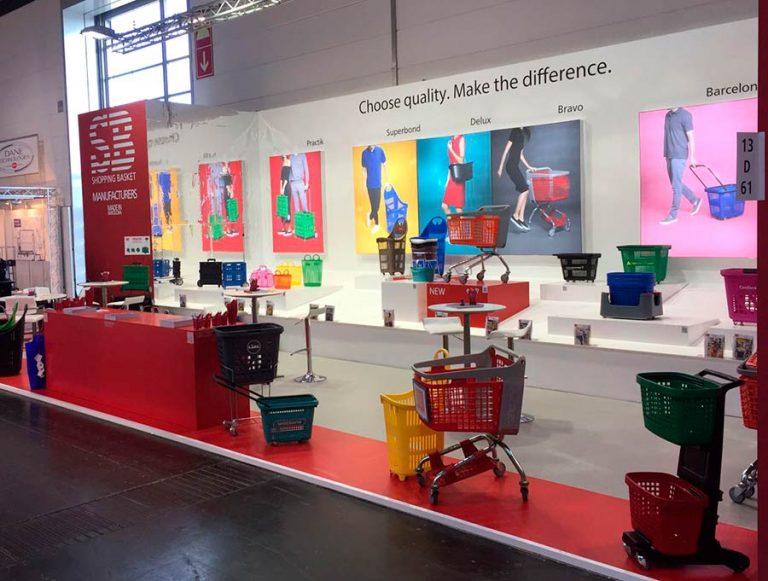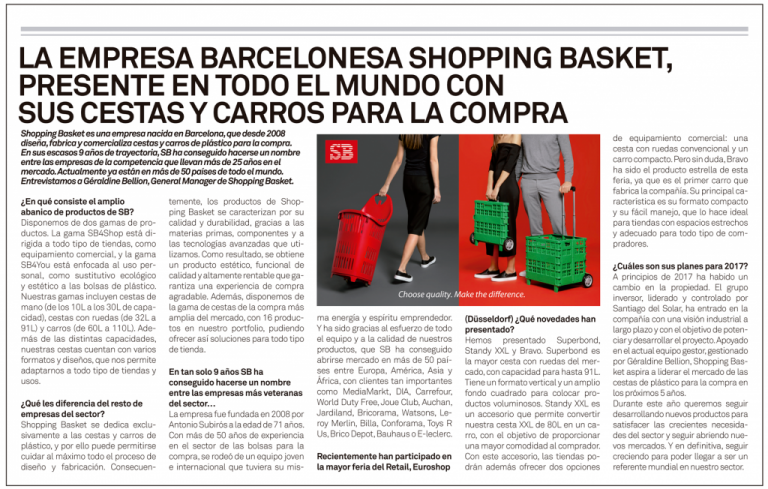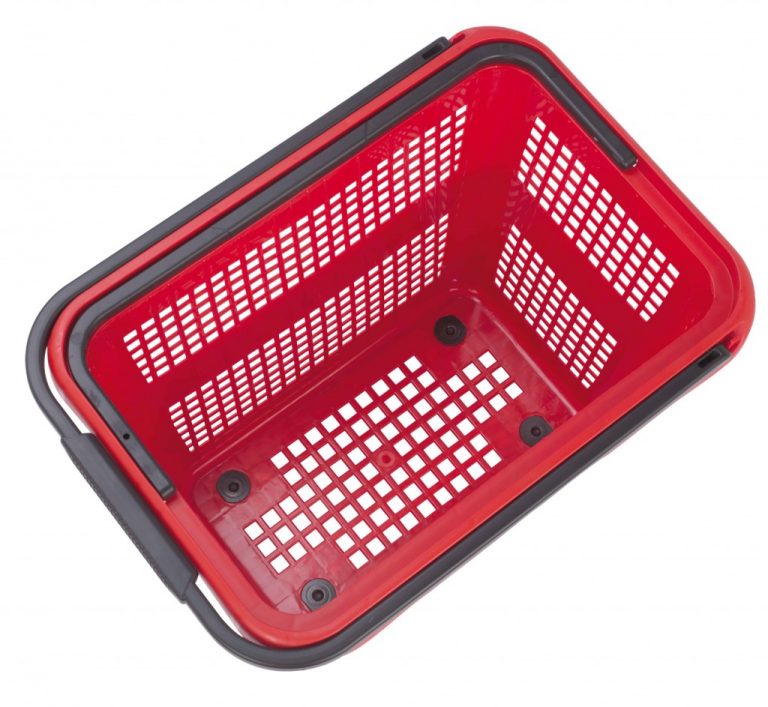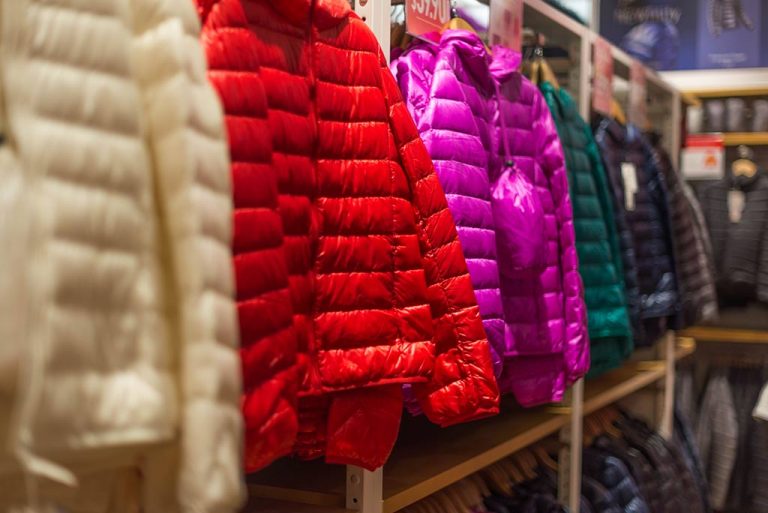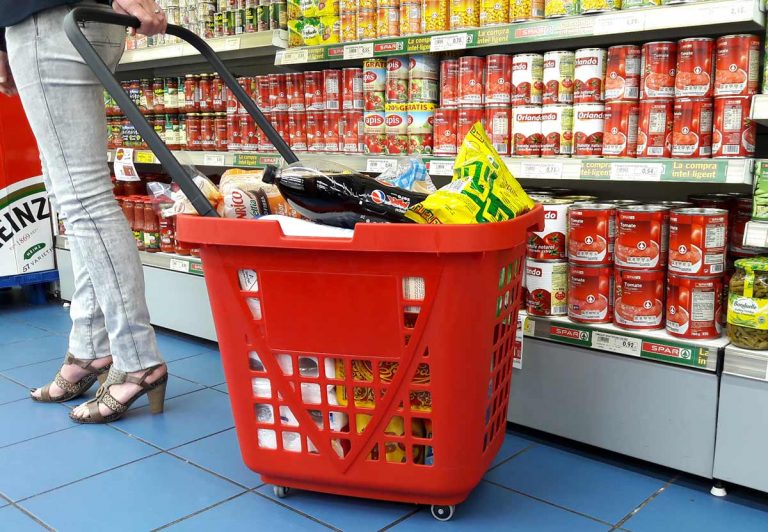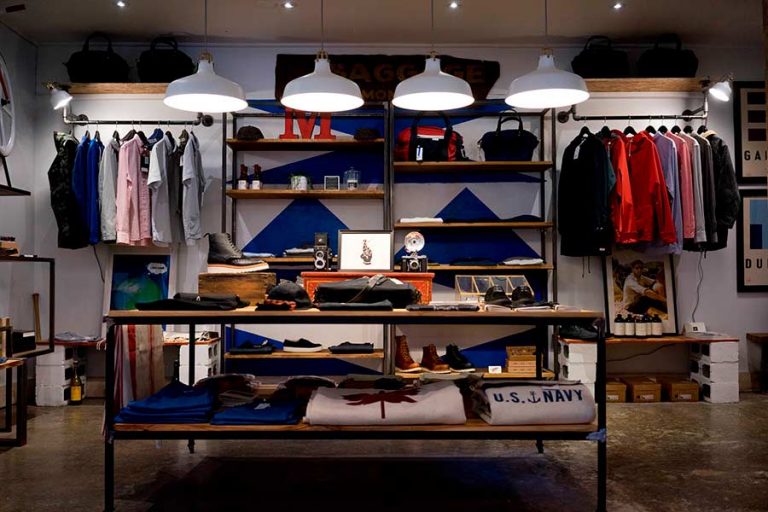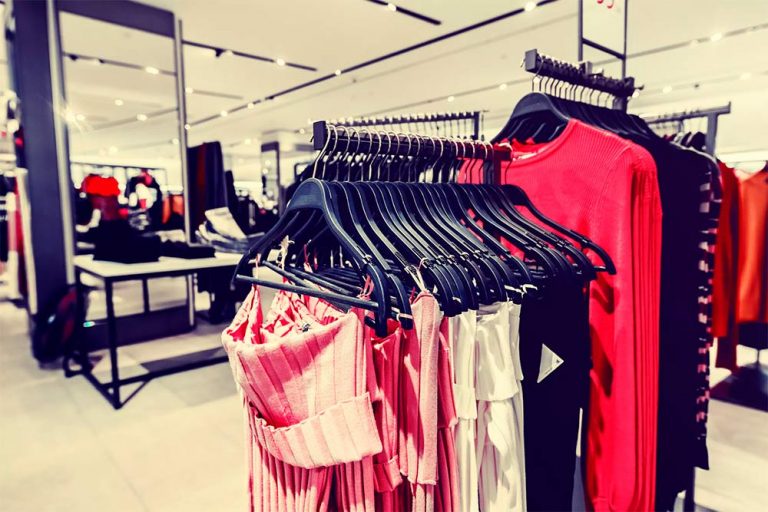In recent years, “dupes” have become an unstoppable phenomenon in the world of consumerism. Increasingly, consumers are embracing dupes, opting for more affordable and accessible alternatives to high-end products. But what exactly are dupes? Who makes up the audience for these products, and what are brands doing to attract these consumers?
In this article, we will answer these questions and provide concrete examples of how dupes are revolutionizing the market.
What are Dupes and How Did They Start?
Dupes, short for duplicates, are products that mimic the features of luxury brand items at a fraction of the price. The dupe trend began in the beauty and fashion industries, where affordable alternatives to popular products became extremely sought after.
Dupes have gained significant popularity in recent years thanks to the growth of social media and e-commerce. Platforms like TikTok and Instagram have become virtual showcases where users share their discoveries of high-quality dupes at accessible prices.

Who is the Audience for Dupes?
The primary audience for dupes is undoubtedly Generation Z and millennials. These consumer groups are more conscious of their spending and seek to maximize the value of their money without sacrificing quality. According to a study by Business Insider, 60% of Generation Z consumers actively look for dupes before making a significant purchase.
These demographic groups love dupes because they are more price-conscious, informed, and trend-sensitive. Additionally, these generations are highly connected to social media and are influenced by the opinions and recommendations of other users. This is why the phenomenon of dupes has quickly gone viral on these platforms.
Brand Strategies in Response to the Rise of Dupes
Traditional brands have been compelled to adapt their strategies to confront the surge of dupes and meet the new demands of consumers:
Developing More Accessible Product Lines
Brands are not just launching basic lines but also creating complete ranges of “essential” products that cover various categories and styles. This approach allows consumers to find affordable alternatives within the same brand, eliminating the need to resort to dupes.
A clear example of this strategy is seen with L’Oréal, which launched its Garnier Essentials line, offering a wide array of skincare products at accessible prices. This line includes products for different skin types and needs, catering to the preferences of a broad audience.
Companies are also adopting dynamic pricing strategies, allowing them to adjust prices based on demand, seasonality, and competition. This approach enables them to offer more competitive prices at crucial times, aiming to attract consumers who love dupes without sacrificing profit margins. For example, Nike uses artificial intelligence technology to analyze sales data and adjust product prices in real-time. This capability allows them to offer strategic discounts and personalized promotions, maximizing sales and profitability.
Emphasizing Brand Value
Brands are clearly and transparently communicating the unique attributes of their products, such as superior quality, technological innovation, exclusive design, and exceptional user experience. A prime example is Apple, which highlights the high quality of its materials, attention to detail, and intuitive user experience in its communications. This effective messaging reinforces the brand’s value and justifies the higher prices compared to dupes.
Additionally, fashion companies have begun emphasizing storytelling that resonates with the emotions and values of consumers. This is where they can highlight the brand’s history, commitment to sustainability, support for social causes, or positive community impact. Dove, for instance, has built its brand around promoting real beauty and self-esteem, sharing stories of inspiring women who challenge traditional beauty stereotypes. This narrative connects with consumers and reinforces the brand’s value beyond just the product.
Collaborations with Influencers
Brands are carefully selecting influencers who align with their brand values and target audience. This ensures that collaborations are authentic and resonate with consumers, making influencer marketing a clear response from the fashion sector to the rise of dupes.
Glossier, for instance, has partnered with beauty micro-influencers who have an engaged audience and align with the brand’s aesthetic. These collaborations generate authenticity and credibility among potential consumers.
Fashion brands are also creating joint marketing campaigns with influencers that go beyond simple social media posts. These campaigns can include exclusive events, makeup tutorials, contests, and product trials. Sephora, for example, has collaborated with popular beauty influencers to create live tutorial videos on their platforms. These videos generate excitement and drive traffic to Sephora stores.
Monitoring and Responding to Dupes
The fashion industry is actively monitoring the market to identify dupes of their products. This involves conducting online searches, analyzing social media, and comparing products in both physical and online stores. For instance, Nike uses artificial intelligence tools to scan the web and social media for dupes of their products. This enables them to quickly identify imitations and take appropriate action.

In some cases, brands may choose to take legal action against manufacturers of dupes that infringe on their intellectual property rights. L’Oréal has pursued legal action against Chinese companies that were manufacturing and selling dupes of their beauty products. These legal actions have served to protect the brand’s intellectual property and deter others from producing imitations.
Additionally, brands are launching awareness campaigns to educate consumers about the risks of purchasing dupes, such as inferior quality, lack of warranties, and potential support for illegal business practices. Gucci, for example, has launched a campaign called “Real vs. Fake” to address this issue and help consumers identify counterfeit Gucci products. This campaign includes videos, infographics, and social media posts.
Dupes: A Trend That’s Here to Stay
It’s clear that consumers love dupes, and this trend shows no signs of slowing down. Brands that wish to compete in this market must be innovative, strategic, and attuned to the needs and desires of their consumers. By focusing on quality, collaboration, and digital marketing, they can capture the attention of those seeking affordable alternatives to luxury products.
Innovation, transparency, and connection with consumers will be key to the success of brands in the era of dupes. For more current articles, visit our blog.

 Sign up for our newsletter and be the first to receive our articles!
Sign up for our newsletter and be the first to receive our articles!
